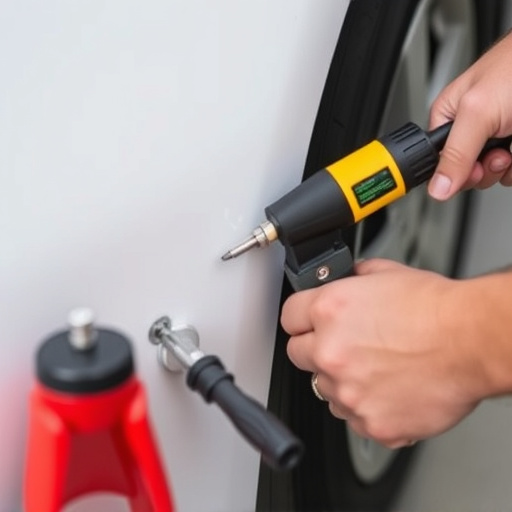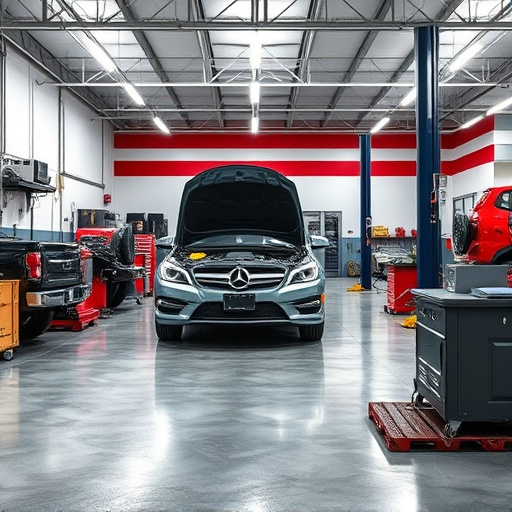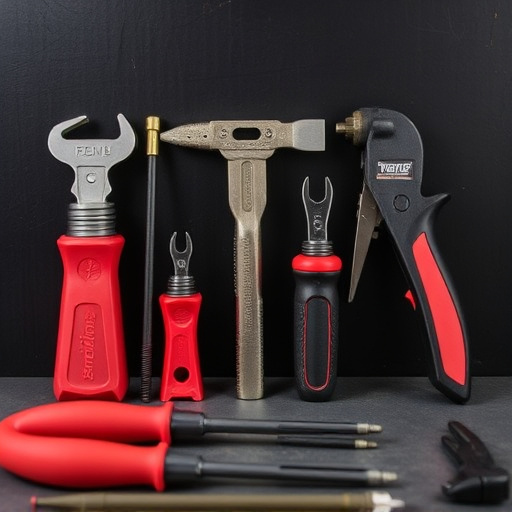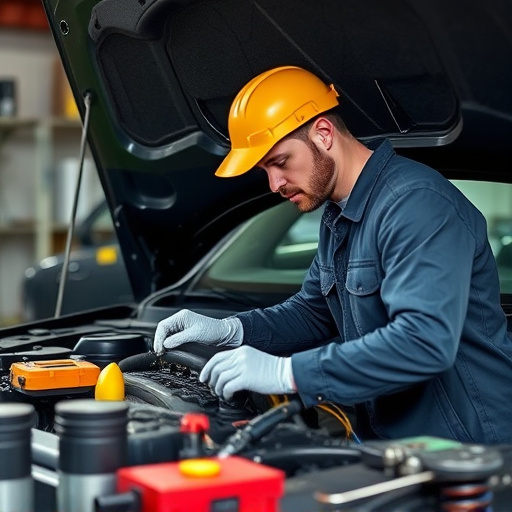The Tesla Cybertruck, despite its advanced technology, is not without repairs and maintenance issues. This summary highlights the challenges owners face in keeping their Cybertrucks on the road, focusing on common problems like battery and body panel repairs, emphasizing the need for specialized services tailored to this unique electric vehicle.
In today’s fast-paced world, efficient vehicle repair processes are paramount, especially for cutting-edge electric vehicles like the Tesla Cybertruck. This comprehensive guide delves into the best practices tailored specifically for streamlining Tesla Cybertruck repairs. From pre-diagnostic checks to post-repair testing, we explore strategic approaches to optimize workflow, minimize downtime, and ensure top-notch workmanship. Discover actionable tips and techniques to enhance the efficiency of Cybertruck servicing, catering to both professionals and enthusiasts.

Maintaining a seamless and efficient workflow for Tesla Cybertruck repairs is paramount to keeping these electric vehicles on the road. One best practice involves utilizing specialized tools and equipment designed specifically for Tesla models, ensuring that mechanics have access to the right resources for accurate diagnostics and repairs. This includes investing in advanced scanning tools capable of identifying issues within the vehicle’s complex electrical systems.
Additionally, staying updated with the latest software patches and service bulletins from Tesla is crucial. Regularly referring to these resources can help identify emerging repair trends and provide solutions that align with the manufacturer’s guidelines, ultimately streamlining the repair process for both technicians and owners.
API responded with status code 504.
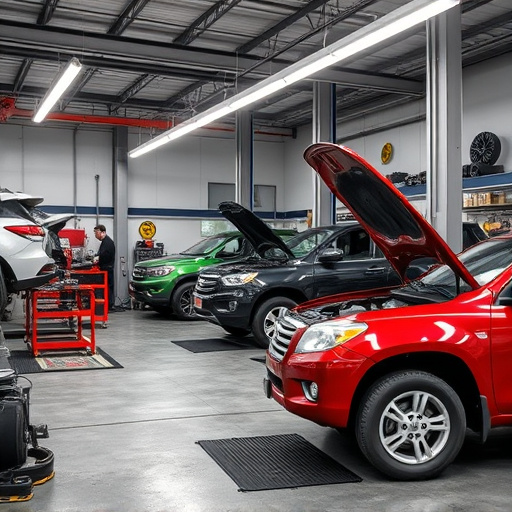
When dealing with Tesla Cybertruck repairs, ensuring a smooth and efficient workflow is paramount to customer satisfaction. One common challenge that service centers often face is managing API responses, especially when encountering a 504 status code. This code indicates a gateway timeout, suggesting issues with communication between the service center’s system and the vehicle’s data interface.
To address this, workshops should focus on optimizing their integration processes with Tesla’s vehicle-to-shop (V2S) API. Regularly updating software to the latest version ensures compatibility and smooth data exchange. Additionally, implementing robust error-handling mechanisms can help service technicians navigate these timeouts effectively, minimizing delays in diagnosis and repair.
Efficient Tesla Cybertruck repairs require a streamlined workflow, leveraging digital tools and specialized knowledge. By implementing these best practices, shops can significantly reduce downtime, enhance customer satisfaction, and keep up with the demanding schedule of Cybertruck owners. Focus on automation, detailed diagnostics, and a well-organized parts inventory to ensure swift and accurate repairs for this unique electric vehicle.

